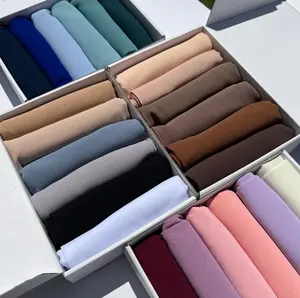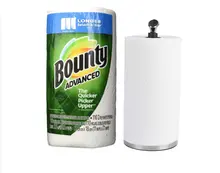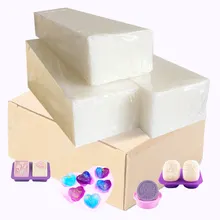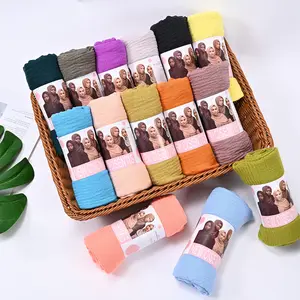About products and suppliers
Evite a tensão usual e o incômodo que acompanha os ciclos menstruais comprando. tampas de oração para muçulmanos de Alibaba.com. Uma alternativa ainda mais higiênica às almofadas, esses produtos são um complemento essencial durante o ciclo de uma pessoa. tampas de oração para muçulmanos são indispensáveis, pois permitem extrema liberdade de movimento e são perfeitos para a prática de atividades como natação e ciclismo. Esses itens não se deslocam facilmente e, portanto, são ideais para mulheres ativas. tampas de oração para muçulmanos estão disponíveis em muitas variantes, dependendo da absorção, forma de aplicação e assim por diante.
tampas de oração para muçulmanos oferecidos em Alibaba.com são de marcas confiáveis que usam materiais incrivelmente seguros para evitar qualquer risco de infecções e erupções cutâneas. tampas de oração para muçulmanos estão disponíveis para diferentes tipos de fluxos, sejam leves ou muito pesados. Eles são projetados tendo em mente a facilidade do usuário e podem ou não ter aplicadores. As tampas de oração para muçulmanos são leves e imperceptíveis uma vez inseridas, proporcionando extrema facilidade e conforto para o usuário.
tampas de oração para muçulmanos estão disponíveis em versões comuns e levemente perfumadas, projetadas para serem seguras e não irritantes. Esses produtos são projetados tendo o conforto em mente. tampas de oração para muçulmanos estão disponíveis em tamanhos diferentes, com o maior durando até oito horas e oferecendo cobertura durante a maior parte do dia. tampas de oração para muçulmanos estão disponíveis em embalagens de tamanhos diferentes com um determinado número de itens para durar o período de tempo que o usuário pretende. São compactos e fáceis de transportar de forma discreta.
Escolha entre a gama de. tampas de oração para muçulmanos em Alibaba.com e encontre as melhores pechinchas. Faça seus ciclos sem estresse com esses produtos de qualidade Esses itens com preços econômicos são ideais para. Fornecedores de tampas de oração para muçulmanos que procuram estocar também em grandes quantidades.










































 浙公网安备 33010002000092号
浙公网安备 33010002000092号 浙B2-20120091-4
浙B2-20120091-4